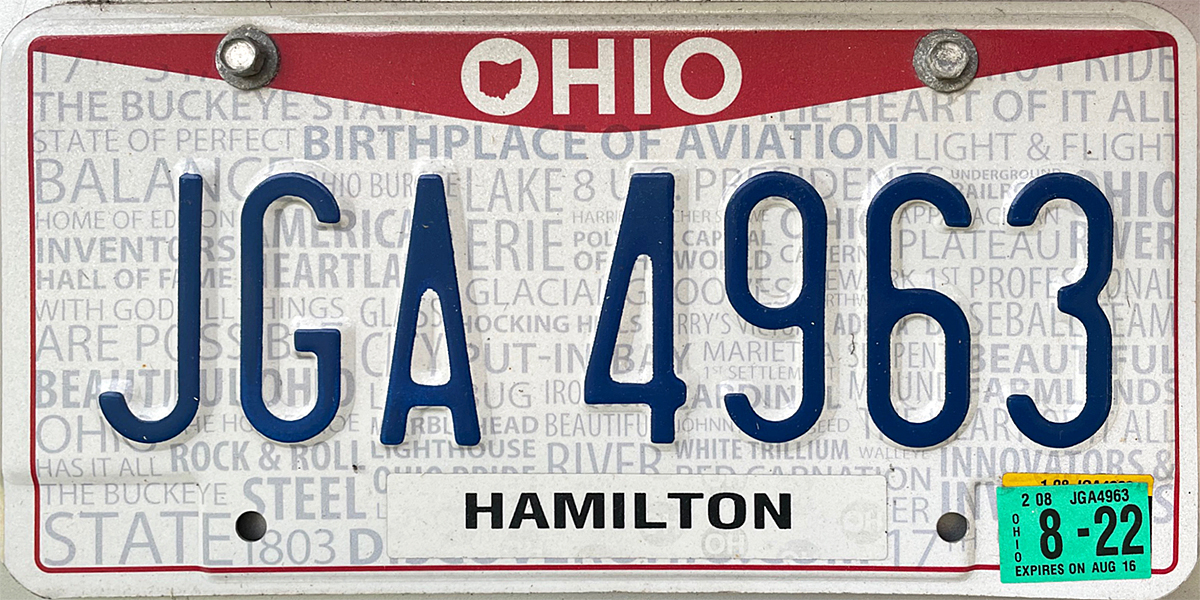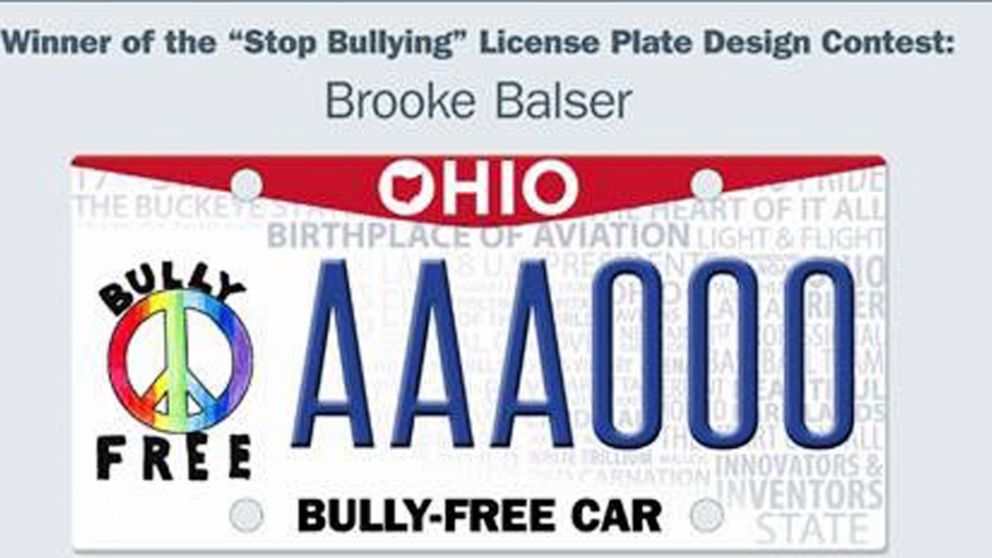

Leather was supple and pliable, would not easily rip or tear, and could be drilled, stitched and punctured by the rivets used to secure the registration numbers. The first individual to realize that auto tags could be made of leather is long lost to history – but it was a good choice. Seats and tops were obvious goods they could provide, and so were registration plates. Demand for saddles, buggy whips and other horse-related goods was disappearing, so businesses looked to the automobile trade. Tack shops could see that their trade – and business – was ending rapidly as the automobile began replacing the horse and buggy. And that’s where leather comes into the picture. In the first decade of the century, the most common means of making a license was through the local harness shop. Later in the decade, hardware and auto supply houses would offer various pre-fabricated kits for making license plates. Other motorists chose to visit a local hardware store and fashion the license from sheet metal and house numbers.

Often, house numbers were tacked to a finished (or unfinished) piece of lumber, and it was hung from the rear axle by wire or straps. Often, it was simply painted on the seat back, but in most cases an actual license plate was fabricated from whatever materials the owner preferred. Then, the owner had to find a way to display that number on the rear of the auto. Vehicle owners simply visited city hall or mailed a form to the state capital, paid a dollar or two, and received a numbered certificate or medallion as proof of registration.


 0 kommentar(er)
0 kommentar(er)
